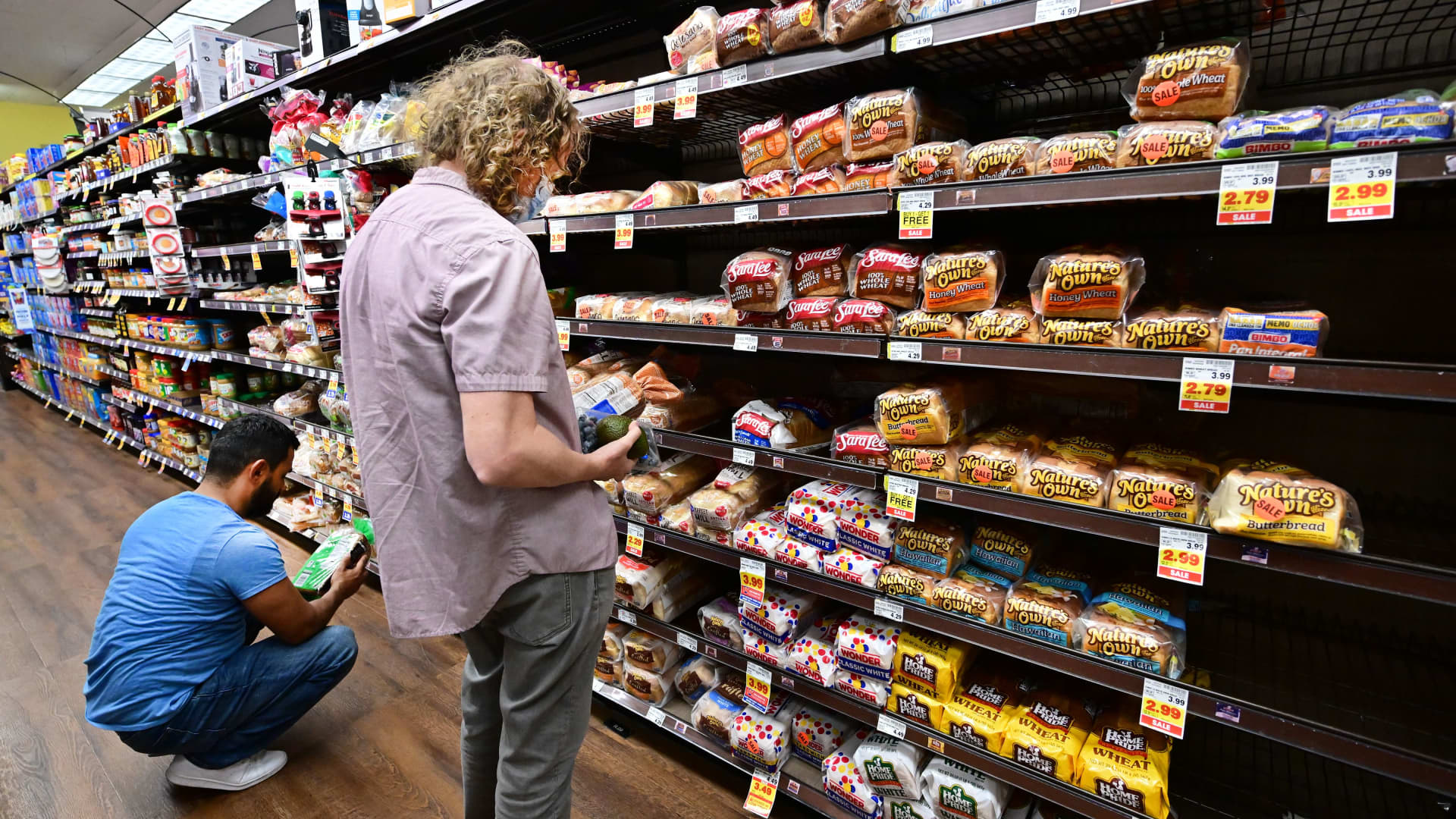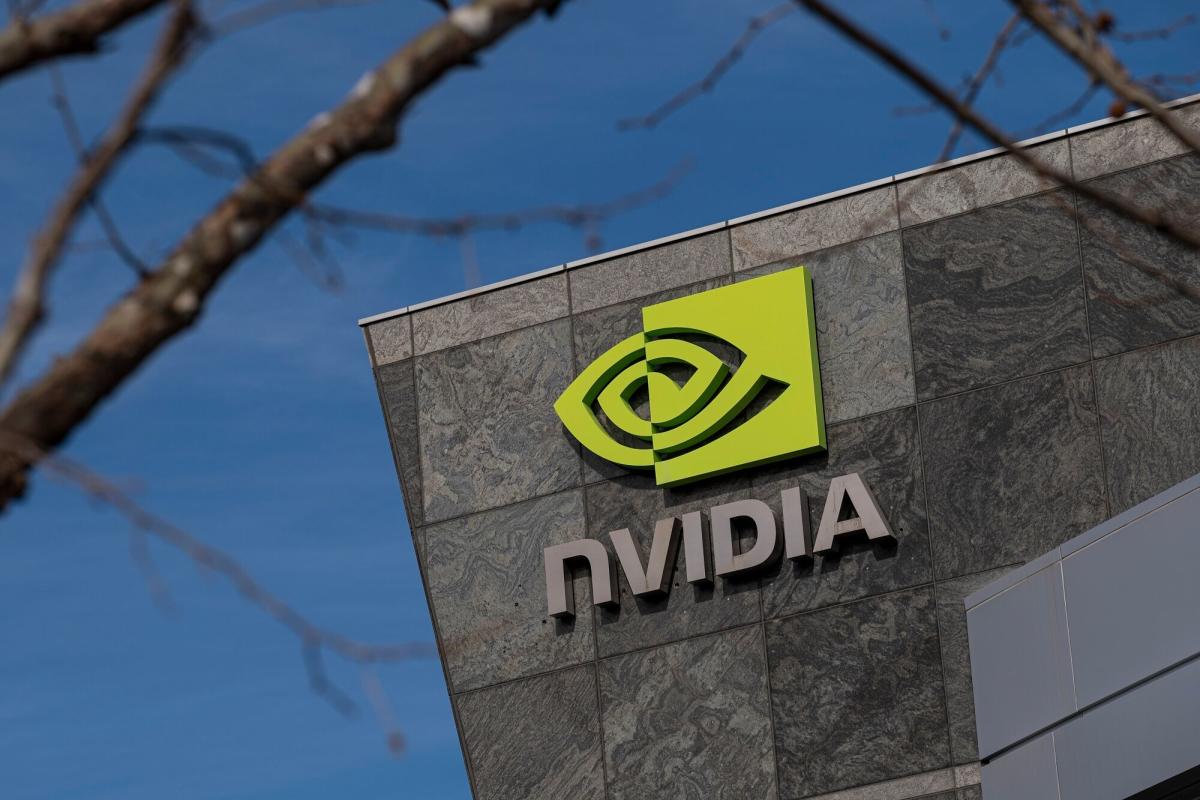This year, India signed two early harvest deals with Australia and the United Arab Emirates (UAE). Another trade agreement, the India-United Kingdom (UK) Free Trade Agreement (FTA), originally expected to be signed by Diwali, is delayed. Unfortunately, the UK has been battered by financial and political instability, exemplified by the country getting three prime ministers (PMs) in the last three months.
Not all is lost, however. In fact, if the delay results in a more substantive FTA that raises India’s long-term growth, it will be a better outcome than signing an early harvest deal. In the past, many FTAs signed by India have neither helped nor hurt trade outcomes, according to research by NITI Aayog (2017) and Pravin Krishna at Johns Hopkins University (2021). This contrasts with evidence from other countries that shows significant beneficial impact of FTAs. Unless FTAs are more ambitious by design and implemented well, the outcomes will likely be modest.
What are the motivations for the India-UK FTA? For India, there is erosion of trade preferences, with its major competitors signing mega-regional trade deals in the Asia-Pacific, such as the Regional Comprehensive Economic Partnership (RCEP) and the Comprehensive and Progressive Agreement for Trans-Pacific Partnership (CPTPP). India has shifted its focus to bilateral FTAs. After Brexit, Britain is rushing into FTAs to secure the market access that it had enjoyed while being part of the European Union (EU). India would be a particularly attractive deal, since it is a large and growing market with relatively high tariffs.
As potential FTA partners, India and the UK complement each other. Both are large economies, with national output at about $3.2 trillion each. The UK is a major outward investor (outward foreign direct investment or FDI of $108 billion in 2021), ranked fourth in the global innovation index, and has major strengths in financial services, among others. India is one of the biggest destinations for global FDI, attracting $72 billion in 2021. It has strengths in pharmaceuticals, IT-enabled services, auto and components, and a large pool of skilled labour, among others.
According to model-based estimates by the UK’s department of international trade (DIT), an early harvest FTA deal would increase India’s goods and services exports to the UK by 31% by 2035, compared to a scenario with no deal. India’s gains would be most prominent in the textiles and motor vehicles sectors. The UK’s exports to India would increase by 50%, with the most prominent gains in motor vehicles, transport equipment, and electronic equipment. A deeper liberalisation by both countries would double the increase in bilateral trade, per DIT. The estimates could be larger still if the underlying model used dynamic channels such as investment flows.
Cross-country research also shows larger benefits that accrue from deeper trade integration. Deeper integration covers agreements on investment, intellectual property, labour standards, competition policy and public procurement. Empirical research by the World Bank shows countries that engaged in deeper trade integration doubled trade and raised FDI flows compared to shallower integration.
The ultimate value of a comprehensive India-UK FTA cannot be measured fully only through model-based or empirical cross-country average effects. The medium- to long-term gains in productivity are at the heart of trade liberalisation, and arise from growing imports and exports, technology collaboration, two-way FDI flows in respective areas of strength, and deeper integration in value chains, underpinned by the predictability and business confidence that can flow from a deeper FTA.
As in any partnership, there are disagreements between India and the UK, with prominent ones including automobiles, work visas and whisky. But it is important to remember the big picture and for both sides to be flexible. Inevitably, there will be gains in some sectors, and challenges in others.
In some cases, India’s strengths can allow it to be more flexible. A case in point is automobiles. The auto and components industry had a net trade surplus of $13.4 billion in 2021-22. Surely the fiercely competitive Indian auto market can survive more import competition than the current 60-100% duty on cars, and 50% on two-wheelers? As for work visas, the UK skilled labour market is seen as transparent and welcoming to talent from all over the world. The UK market already has hundreds of job categories that do not require a local labour availability test if the job pays over £25,600 a year. India may gain a little more via additional negotiation on student work visas.
A deep FTA between two democracies committed to market-based capitalism should not be derailed by disagreements that appear more consequential than they should be. India is a rising global power, whose partners will demand increasing reciprocity in trade agreements.
Much is at stake, with the potential to lift both democracies into a higher orbit of beneficial growth. The economic gains will be substantive if PMs Narendra Modi and Rishi Sunak can overcome temptations to seal early harvests in favour of long-term gains.
Sanjay Kathuria is a senior visiting fellow, Centre for Policy Research, and adjunct professor at Georgetown and Ashoka Universities. TG Srinivasan is a senior visiting fellow, Centre for Policy Research
The views expressed are personal
















